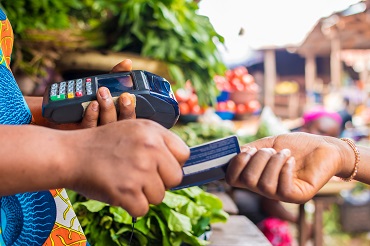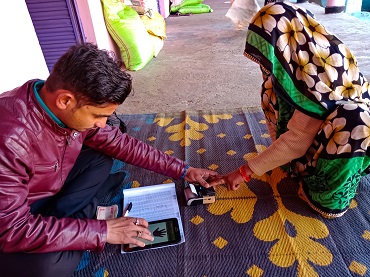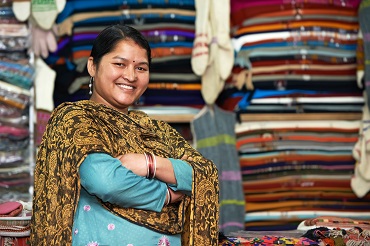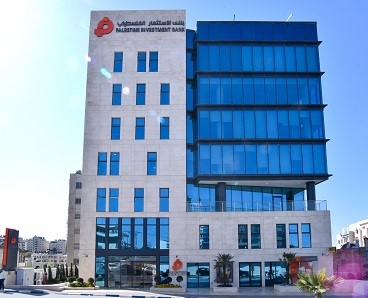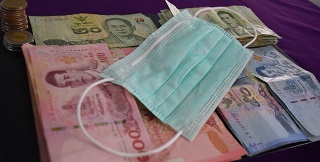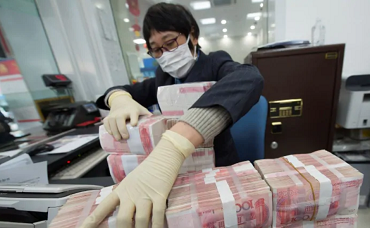Blog
Informed credit decisions in times of COVID-19
Sep 16, 2020

A virtual roundtable summary.
The COVID-19 pandemic created new challenges for SME lenders, and some banks were able to overcome these challenges and even acquire new SME customers along the way. As part of a series on COVID-19 mitigation efforts, the SME Finance Forum hosted a virtual roundtable “New Lending into a Crisis” showcasing the opportunities and challenges of lending during the COVID-19 crisis. The panel was hosted and moderated by Matthew Gamser (IFC) with discussants John David (JD) Yap (Grab Financial Services) and Jessica Alfaro (SME Finance Forum), and speakers Samih Sabih (Palestine Investment Bank), Phaiboun Phongsavanh (Phongsavanh Bank), and Titus Waithaka (Madison Finance Company). Speakers addressed the various critical decisions and processes that enabled them to connect with their customers, propelled their digital transformation and allowed retention and acquisition of businesses during the crisis.
In Lao, SMEs account for 42% of GDP, but because of COVID-19, the country has experienced a precipitous drop in this percentage. To better understand the impact of the pandemic on its clients, Phongsavanh Bank has assessed and grouped customers into three segments. The first group consists of businesses such as pharmacies, supermarkets and hospitals which have been performing well under the current circumstances. The second group consists of the transportation and hospitality industries which have been directly impacted due to on-going travel restrictions, yet once countries open their borders and restrictions are lifted, are expected to experience quick recovery. This group also presents an incredible opportunity for banks to acquire new customers. And finally, the third group is businesses that have been heavily impacted and are expected to need a relatively long recovery period.
Grab took a similar approach to Phongsavanh Bank and segmented its customers to analyze businesses on a spectrum of how they were impacted by the COVID-19 crisis. One of the first steps Grab Financial Services (Grab) took was to review their risk score bands and adapt their credit policies to manage risk exposure while helping existing customers. For countries in lockdown where transportation has been restricted, they stepped in to assist their driving partners by pausing loan payments and providing emergency loans in certain markets. In the case of merchants, Grab worked with them to restructure their existing facilities to ease their cash flow challenges.
Both Grab and Phongsavanh Bank have had to face the question of tightening credit measures as well as what data to use to assess creditworthiness. Phaiboun’s response “to put an umbrella over the customer when it's raining” illustrates the approach that both Phongsavanh Bank and Grab are taking with their clients, that of being a partner to them during these tough times. Both JD and Phaiboun commented that banking involves risks, but a thorough market study and trend analysis can help predict market variations. While it is difficult to predict patterns in the short-term, the value provided to customers under the current circumstances will ensure long-term customer loyalty post COVID-19.
Palestine Investment Bank (PIB) has also taken a market analysis approach and has assessed the current and expected effects of COVID-19 on its portfolio and has created a plan to manage to different scenarios.The uncertainties of the lockdown greatly affected businesses, leading to PIB initially financing liquidity shortages and operational expenses. In quick order, PIB granted additional facilities like revolving overdrafts to settle installments and short-term working capital financing at a lower interest rate to enable existing SMEs to cover liquidity shortages. For new customers, they cautiously selected businesses from specific sectors such as food, IT, medicine and delivery services that were operating effectively during the crisis.
While we are seeing accelerated digitization efforts across the globe as a result of COVID-19, and while PIB was the first bank to launch an e-wallet in their local market, this service is currently only available to their banking customers due to regulatory limitations. But PIB has been able to use the e-wallet as a marketing tool to attract new SMEs such as restaurants, supermarkets and pharmacies that are still functioning under the lockdown and anticipate that this will lead to long-term relationships with SMEs in the coming years.
This digital transformation was already in process for Madison Finance Company (MFinance) in Zambia prior to the pandemic. When COVID-19 hit, MFinance focused on its customer network and staying connected to their clients. MFinance recruited even more agents and grew their digital platform to provide increased telephonic access to customers.They were grappling with how to make a credit decision if they couldn’t access client information as one of the struggles was the lack of data on customers. They had to rely on information from 3rd parties, the Credit Reference Bureau and increasingly, on digital information of how customers use their phones.
While some financial institutions seem to be acquiring new clients and lending to them despite the pandemic, the main focus seems to be on the best ways to support and sustain existing clients as the credit environment tightens and uncertainty prevails. Undertaking and relying on wider market analyses and assessments and increasing utilization of “less traditional” data, many FIs are finding that they are getting closer to their clients and able to serve them more efficiently and specifically, while simultaneously supporting their own risk management function. Through increased digitalization, financial institutions now have more timely and expansive information with which to make more informed credit decisions for their clients while responding more quickly to their needs. Certainly, a bright spot coming out of this crisis is the resourcefulness and creativity exhibited by financial institutions to quickly respond to the disparate needs of SMEs and the goodwill much of that is sure to engender in the long term.











